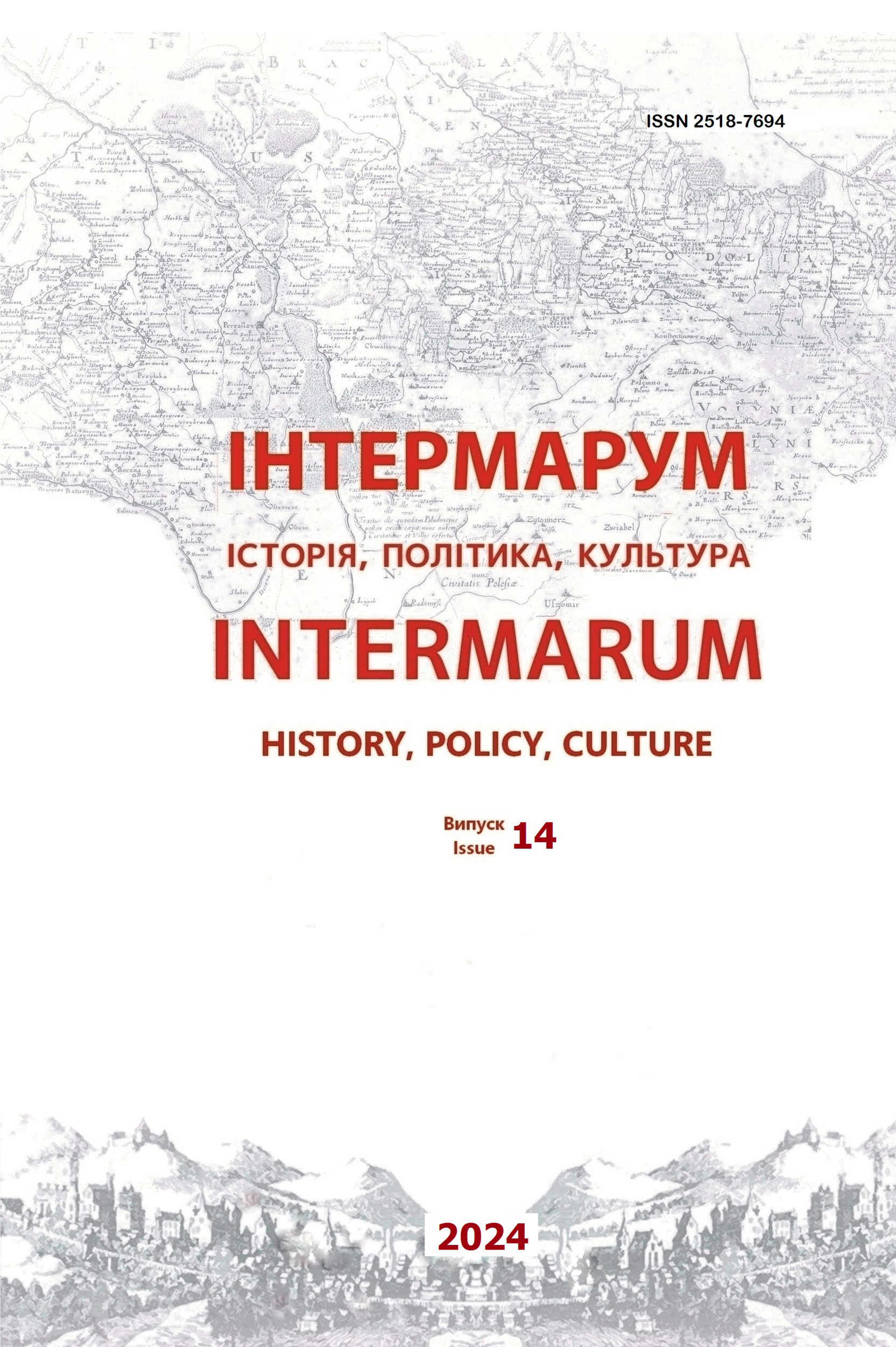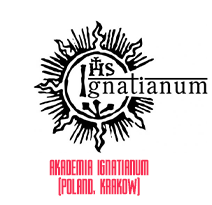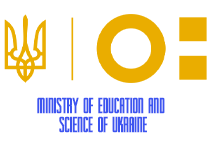ТРАНСФОРМАЦІЯ ЄВРОПЕЙСЬКИХ ЕТНОГРАФІЧНИХ МУЗЕЇВ У КОНТЕКСТІ ТЕОРЕТИЧНИХ ДИСКУІЙ І ПРАКТИК ПОСТКОЛОНІАЛІЗМУ
DOI:
https://doi.org/10.35433/history.112072Ключові слова:
етнографічний музей, експозиція, антропологія, колоніальна імперія, постколоніалізм, музеї суспільстваАнотація
Мета статті – обґрунтувати потенціал теоретичних підходів постколоніалізму в переосмисленні місії етнографічного музею у глобалізованому багатокультурному суспільстві. Методологічна основа дослідження базується на інструментах сучасних постколоніальних і пам’яттєвих студій, музеології та антропології. Наукова новизна. Обґрунтовано значення теоретичних підходів постколоніалізму в переосмисленні місії етнографічного музею у глобалізованому багатокультурному суспільстві. На прикладі Музею цивілізацій Європи та Середземномор’я у Марселі, визначено інноваційні кураторські підходи деколонізації етнографічної колекції та інтеграції надбання різних народів колишньої колоніальної імперії. Висновки. Проаналізовано виникнення і функціонування етнографічних музеїв у ХІХ – першій половині ХХ ст. як втілення імперських проєктів. Простежено еволюцію етнографічних музеїв у тісному взаємозв’язку з розвитком антропології як наукової дисципліни. Етнографічні об’єкти розглядалися як свідчення цивілізаційної еволюції людства, а також встановлювали відмінності між європейцями та «іншими». Схарактеризовано виклики й особливості нової парадигми етнографічної музеології у сучасному світі. У статті представлено кураторські підходи, втілені в постійній експозиції музею цивілізацій Європи та Середземномор’я у Марселі як приклад сучасної трансформації етнографічного музею у музей суспільства.
Посилання
Джерела та література
Український інститут, (2023). Деколонізація в українських музеях: теорія і практика. Електронний ресурс. Режим доступу: https://ui.org.ua/sectors/projects/decolonization-in-ukrainian-museums/.
Aronsson, P. and Elgenius, G. (2014). National Museums and Nation-building in Europe 1750-2010: Mobilization and legitimacy, continuity and change, Taylor & Francis, Milton Park, Abingdon. 212 р.
Barringer, T. and Flynn, T. (2012). Colonialism and the object: empire, material culture and the museum, Routledge, Milton Park, Oxfordshire. 236 р.
Bennett, T. (1988). “The Exhibitionary Complex”, New formations, (4), pp. 73-102.
Boursiquot, F. (2016). “Ethnographic Museums: From Colonial Exposition to Intercultural Dialogue”, In Chambers I., De Angelis A., Ianniciello C. and Orabona M (Eds.), The postcolonial museum: The arts of memory and the pressures of history, Routledge, Milton Park, Oxfordshire, pp. 63-89.
Bulley, D. (2009). Ethics as foreign policy: Britain, the EU and the other, Routledge, Milton Park, Oxfordshire. 192 р.
De Cesari, C. (2017). “Museums of Europe: Tangles of memory, borders, and race”, Museum Anthropology, 40(1), pp. 18-35.
Durrans, B. (1993),“The future of ethnographic exhibitions”, Zeitschrift Für Ethnologie, 118(1), pp. 125-139.
Eriksen, T.H. and Nielsen, F.S. (2013). A History of Anthropology, Pluto Press, London. 264 р.
Feest, C. (2013). “Which Ethnography Do Ethnographic Museums Need?”, Beyond Modernity. Do Ethnography Museums Need Ethnography, pp. 185-195.
Giovanangeli, A. (2021). “Shaping Mediterranean Geographies. The Museum of European and Mediterranean Civilizations in Marseille and the Making of Identity”, Urban Bridges, Global Capital (s): Trans-Mediterranean Francosphères, 101, pp. 1-26, available at : https://opus.lib.uts.edu.au/bitstream/10453/146138/2/Giovanangeli%20Urban%20Bridges%20revised.pdf.
Gosden, C., Larson, F. and Petch, A. (2007). Knowing Things: exploring the collections at the Pitt Rivers Museum 1884–1945. Oxford University Press, Oxford. 280 р.
Groten, M. (2022). “Propaganda and science in imperial museums”, In Groten M (Ed.), The Architecture of Empire in Modern Europe: Space, Place, and the Construction of an Imperial Environment, 1860-1960, Amsterdam University Press, Amsterdam, pp. 229-282.
Harris, C. and O’Hanlon, M. (2013). “The Future of the Ethnographic Museum”, Anthropology Today, 29 (1), pp. 8-12.
Kaiser, W., Krankenhagen, S. and Poehls, K. (2014). Exhibiting Europe in museums: Transnational networks, collections, narratives, and representations, Vol. 6, Berghahn Books, Oxford. 254 р.
Kaiser, W. (2011). “Musealizing the European Union and Its History: Institutions, Actors and Networks”, available at: https://aei.pitt.edu/52871/.
Krankenhagen, S. (2011). “Exhibiting Europe The Development of European Narratives in Museums, Collections, and Exhibitions”, Culture Unbound, 3(3), pp. 269-278.
Lazarus, N. (2011). The postcolonial unconscious, Cambridge University Press, Cambridge. 310 р.
Lebovics, H. (2014). “The future of the nation foretold in its museums”, French Cultural Studies, 25(3-4), pp. 290-298.
L’Estoile, B. (2008). “The past as it lives now: an anthropology of colonial legacies”, Social anthropology/Anthropologie sociale, 16(3), pp. 267-279.
Mazé, C., Poulard, F. and Ventura, C. (2015). “Dismantling, Reorganization, and Creation: The Introduction to Ethnology Museums: Culture, Politics, and Institutional Change”, Museum Anthropology Review, 9(1-2), рр. 34-57.
Poehls, K. (2011). “Europe, blurred: Migration, margins and the museum”, Culture Unbound, 3(3), pp. 337-353.
Schildkrout, E. (2012). “Anthropology – Museum-based Study”, Encyclopedia Britannica Online, available at: https://www.britannica.com/science/anthropology (accessed 30 March 2024).
Shelton, A. (2000).“Museum Ethnography. An Imperial Science”, In Hallam E. and Street B (Eds.), Cultural Encounters. Representing Otherness, Routledge, New York and London, pp. 155-193.
References
Ukrainskyi instytut, (2023). Dekolonizatsiia v ukrainskykh muzeiakh: teoriia i praktyka. Elektronnyi resurs. Rezhym dostupu: https://ui.org.ua/sectors/projects/decolonization-in-ukrainian-museums/.
Aronsson, P. and Elgenius. G. (2014). National Museums and Nation-building in Europe 1750-2010: Mobilization and legitimacy, continuity and change, Taylor & Francis, Milton Park, Abingdon. 212 р.
Barringer, T. and Flynn, T. (2012). Colonialism and the object: empire, material culture and the museum, Routledge, Milton Park, Oxfordshire. 236 р.
Bennett, T. (1988). “The Exhibitionary Complex”, New formations, (4), pp. 73-102.
Boursiquot, F. (2016). “Ethnographic Museums: From Colonial Exposition to Intercultural Dialogue”, In Chambers I., De Angelis A., Ianniciello C. and Orabona M (Eds.), The postcolonial museum: The arts of memory and the pressures of history, Routledge, Milton Park, Oxfordshire, pp. 63-89.
Bulley, D. (2009). Ethics as foreign policy: Britain, the EU and the other, Routledge, Milton Park, Oxfordshire. 192 р.
De Cesari, C. (2017). “Museums of Europe: Tangles of memory, borders, and race”, Museum Anthropology, 40(1), pp. 18-35.
Durrans, B. (1993). “The future of ethnographic exhibitions”, Zeitschrift Für Ethnologie, 118(1), pp. 125-139.
Eriksen, T.H. and Nielsen, F.S. (2013). A History of Anthropology, Pluto Press, London. 264 р.
Feest, C. (2013). “Which Ethnography Do Ethnographic Museums Need?”, Beyond Modernity. Do Ethnography Museums Need Ethnography, pp. 185-195.
Giovanangeli, A. (2021). “Shaping Mediterranean Geographies. The Museum of European and Mediterranean Civilizations in Marseille and the Making of Identity”, Urban Bridges, Global Capital (s): Trans-Mediterranean Francosphères, 101, pp. 1-26, available at : https://opus.lib.uts.edu.au/bitstream/10453/146138/2/Giovanangeli%20Urban%20Bridges%20revised.pdf.
Gosden, C., Larson, F. and Petch, A. (2007). Knowing Things: exploring the collections at the Pitt Rivers Museum 1884–1945, Oxford University Press, Oxford. 280 р.
Groten, M. (2022). “Propaganda and science in imperial museums”, In Groten M (Ed.), The Architecture of Empire in Modern Europe: Space, Place, and the Construction of an Imperial Environment, 1860-1960, Amsterdam University Press, Amsterdam, pp. 229-282.
Harris, C. and O’Hanlon, M. (2013).“The Future of the Ethnographic Museum”, Anthropology Today, 29(1), pp. 8-12.
Kaiser, W., Krankenhagen, S. and Poehls, K. (2014). Exhibiting Europe in museums: Transnational networks, collections, narratives, and representations, Vol. 6, Berghahn Books, Oxford. 254 р.
Kaiser, W. (2011). “Musealizing the European Union and Its History: Institutions, Actors and Networks”, available at: https://aei.pitt.edu/52871/.
Krankenhagen, S. (2011). “Exhibiting Europe The Development of European Narratives in Museums, Collections, and Exhibitions”, Culture Unbound, 3(3), pp. 269-278.
Lazarus, N. (2011). The postcolonial unconscious, Cambridge University Press, Cambridge. 310 р.
Lebovics, H. (2014). “The future of the nation foretold in its museums”, French Cultural Studies, 25(3-4), pp. 290-298.
L’Estoile, B. (2008). “The past as it lives now: an anthropology of colonial legacies”, Social anthropology/Anthropologie sociale, 16(3), pp. 267-279.
Mazé, C., Poulard F. and Ventura C. (2015). “Dismantling, Reorganization, and Creation: The Introduction to Ethnology Museums: Culture, Politics, and Institutional Change”, Museum Anthropology Review, 9(1-2), 34-57.
Poehls, K. (2011). “Europe, blurred: Migration, margins and the museum”, Culture Unbound, 3(3), pp. 337-353.
Schildkrout, E. (2012). “Anthropology – Museum-based Study”, Encyclopedia Britannica Online, available at: https://www.britannica.com/science/anthropology (accessed 30 March 2024).
Shelton A. (2000).“Museum Ethnography. An Imperial Science”, In Hallam E. and Street B (Eds.), Cultural Encounters. Representing Otherness, Routledge, New York and London, pp. 155-193.
##submission.downloads##
Опубліковано
Номер
Розділ
Ліцензія
Авторське право (c) 2024 Поліна Вербицька

Ця робота ліцензується відповідно до Creative Commons Attribution 4.0 International License.
Автори, які публікуються у цьому журналі, погоджуються з наступними умовами:
Автори залишають за собою право на авторство своєї роботи та передають журналу право першої публікації цієї роботи на умовах ліцензії Creative Commons Attribution License, котра дозволяє іншим особам вільно розповсюджувати опубліковану роботу з обов'язковим посиланням на авторів оригінальної роботи та першу публікацію роботи у цьому журналі.
Автори мають право укладати самостійні додаткові угоди щодо неексклюзивного розповсюдження роботи у тому вигляді, в якому вона була опублікована цим журналом (наприклад, розміщувати роботу в електронному сховищі установи або публікувати у складі монографії), за умови збереження посилання на першу публікацію роботи у цьому журналі.
Політика журналу дозволяє і заохочує розміщення авторами в мережі Інтернет (наприклад, у сховищах установ або на особистих веб-сайтах) рукопису роботи, як до подання цього рукопису до редакції, так і під час його редакційного опрацювання, оскільки це сприяє виникненню продуктивної наукової дискусії та позитивно позначається на оперативності та динаміці цитування опублікованої роботи (див. The Effect of Open Access).














